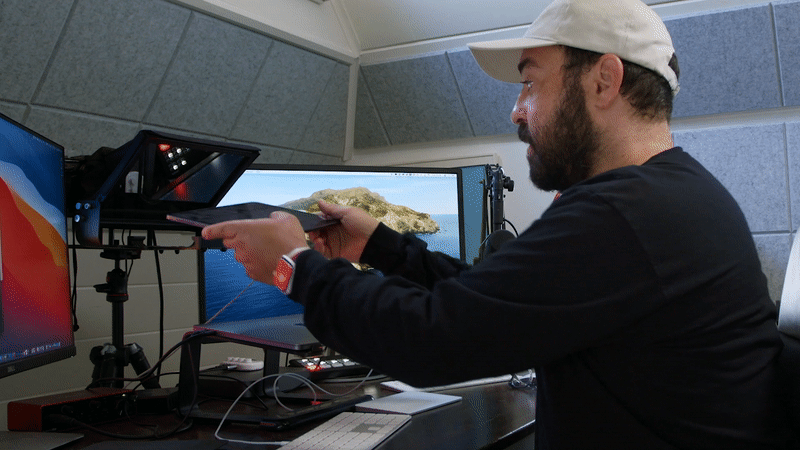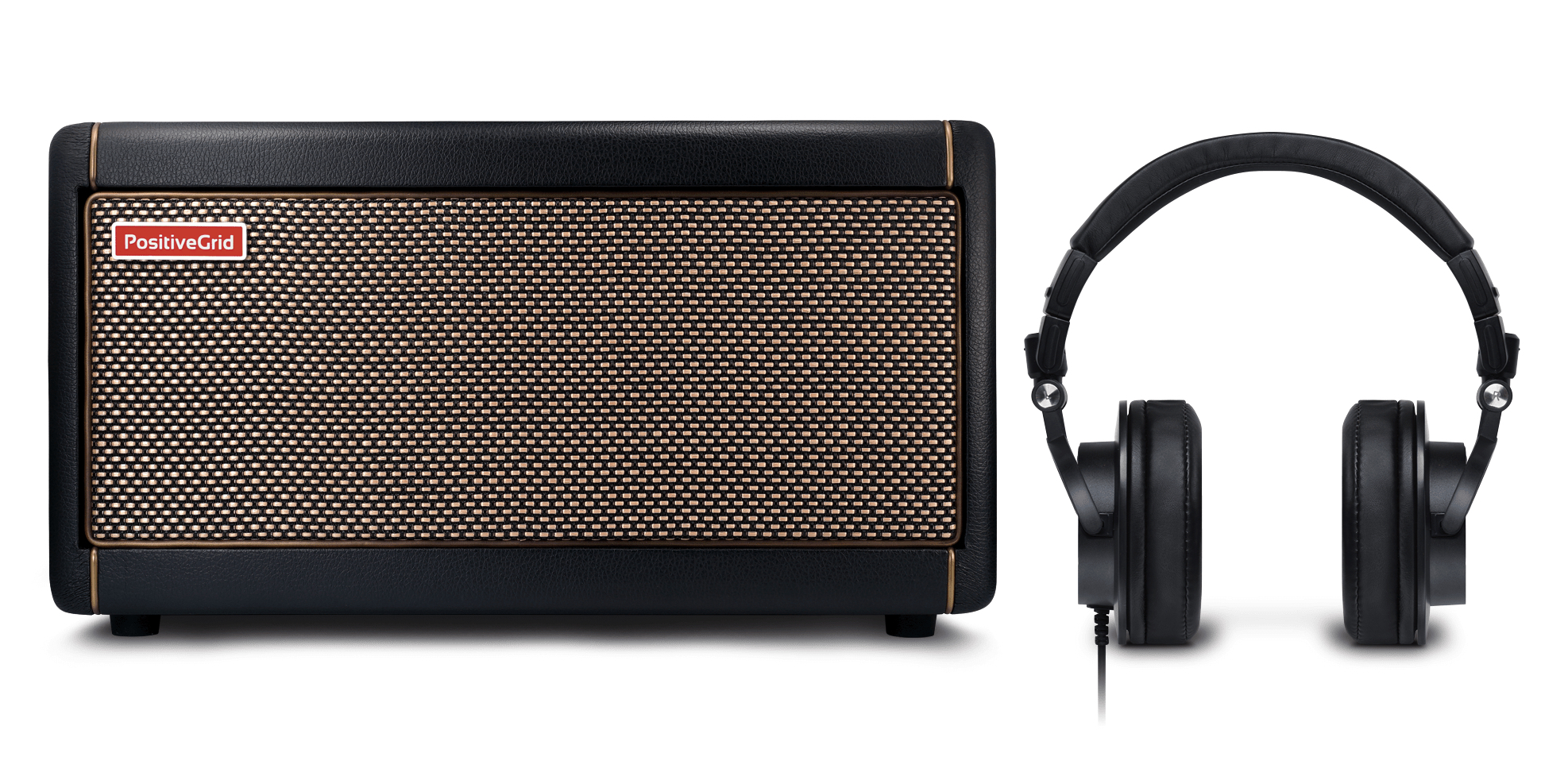Dean Sterrett
Contributor
Dean Sterrett is the co-founder, COO and head of product at
LEX Markets, a commercial real estate securities marketplace for institutional and traditional investors.
Philip Michael
Contributor
Philip Michael is CEO of
NYCE Companies, a NYC-based media and fintech investment platform.
Robinhood founder Vlad Tenev recently sparked controversy when he told the New York Times that lower participation in equity markets by younger Americans “ultimately contributed to the sort of the massive inequalities that we’re seeing in society.”
In his 2015 book “The Economics of Inequality,” Thomas Piketty argues that when the growth rate of invested capital outpaces the growth of GDP (and the average per-capita earnings), income inequality will increase. Where Vlad Tenev missed the mark is neglecting to note that while participation in equity markets is key to building wealth, a prerequisite to investment is having capital to invest in the first place.
Structural changes (including access to affordable health care, job training, higher wages, expanding infrastructure, and other public policy initiatives) are necessary to combat systemic inequality. But innovations in fintech can supplement these policies by providing tools that can give people access to wealth-building investment opportunities at the individual level. While these advancements aren’t a substitute for the macro forces necessary to bring societal change, they can help provide one opportunity to remove barriers individuals have faced.
The age of fintech and the millennial investor
Despite recent controversy around the zero-commission stock trading revenue model, fintech investment apps have given retail investors unprecedented access to the stock market. This is especially true for younger investors, who lag behind other generations in terms of expected wealth.
Popular fintech apps like Acorns, Public and Robinhood have created a niche for millennials and Gen Z retail investors looking to begin investing in the stock market. Since the pandemic hit, Robinhood alone has acquired more than six million first-time investors, with an average age of 31.
Similar trends are emerging in other asset classes that have traditionally not been accessible to retail investors. For example, according to EY, real estate crowdfunding investments have doubled to more than $8 billion since 2016. Commercial real estate in the U.S. was valued at around $16 trillion in 2018. That’s about half the size of the U.S. stock market during the same time period.
Real estate is a critical asset class for wealth building: Approximately 90% of millionaires have made their money from investments in real estate. This can partly be explained by the fact that the asset class is so siloed: Historically, only wealthy investors could access these opportunities.
A few fintech companies have emerged in the real estate space in attempts to widen access to the asset class, but to-date none have truly opened up the market to the everyday investor.
Lowering the cost of participation
So what does this mean? If everyone can access real estate investment opportunities, can they all become millionaires? Probably not. But if circumstances allow anyone to access the tools and educational resources to achieve financial stability, then acquiring wealth becomes much more plausible.
Financial literacy and access are key components in the establishment of stable financial footing. Also important is eliminating many of the costs associated with being in the lower earning brackets — often referred to as the “poverty tax.”
An industry-wide push toward commission-free trading is a prime example of fintech removing these costs of participation. A $10 trade fee on a $100,000 trade is nominal, yet that $10 becomes significant for a share purchase of $100; you would need a 20% gain just to cover your transaction costs. Yet the zero-commission and fractional share models haven’t seen widespread adoption in real estate investment markets.
Of all traditional asset classes, real estate remains one of the costliest to participate. The adoption of zero-commission and low-cost share models have the greatest potential to echo what is happening in the stock market: Opening doors to everyday investors.
What’s next?
It’s only a matter of time before we see the junction of real estate and fintech take shape.
This is one area where technology can make a material difference. According to a study from the University of California, Berkeley, fintech solutions like algorithmic lending reduce some of the barriers that have made it difficult, historically, to purchase a home.
The study found that leading fintech products don’t completely solve the problem, given the deeper underlying systemic issues. However, they do reduce rate disparities by more than a third.
As these companies open up new investment opportunities and reduce the buy-in costs, we will hopefully see a greater share of wealth being accumulated by those who create the value that underlies equity investments: everyday Americans.
Based on the history of limited access and the current absence of investment opportunities, it’s a fair argument that exposure to new wealth-building tools and financial literacy — in a tech-powered, millennial-friendly way — can help solve the barrier-to-entry problem and open up access to more stable investments.
With over 24 million users across Stash, Acorns and Robinhood — many of them overlapping — there’s no shortage of interest in tech-enabled investing. The average Acorns investor, for instance, is 29 years old and makes $50,000 a year — a far cry from the accredited investor’s minimum salary of $200,000.
Don’t be surprised to see these new investors seek out holdings in alternative assets like real estate, energy and more. It’s all about access, quality of offerings, education and user experience.
Fintech founders often like to overstate the level of social good their products can bring. We, as two real estate fintech founders, believe that we can help individuals on a person-by-person micro level, but larger structural change outside of tech is also necessary if we want to see real, widespread improvement. It goes without saying that tech alone won’t change deeply embedded structures, but it sure can open a lot of doors.

Source: Tech Crunch






